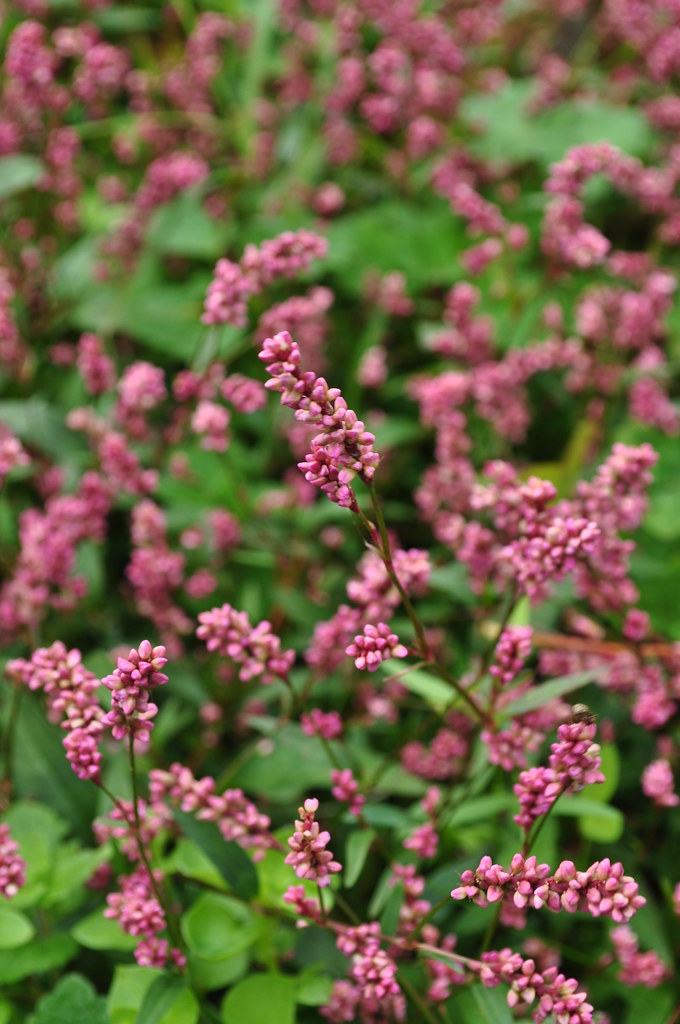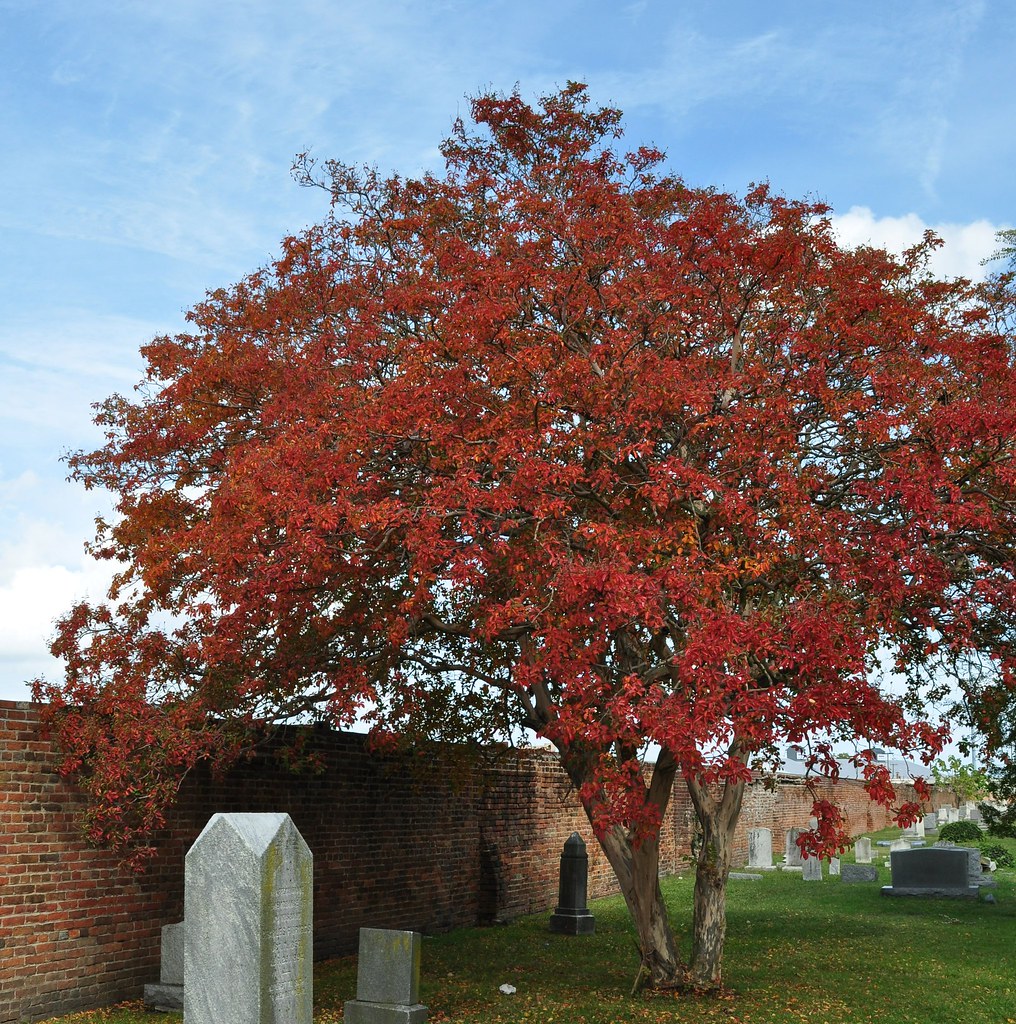Last Friday, feeling a need to indulge my wanderlust and see some fall foliage, I headed west to Chippokes Plantation State Park. When this blog visited Chippokes before, I mentioned that it is one of my favorite places to get away to, and fortunately it is a only a pleasant hour's journey from home. However, when I got there they were having day 1 of their Plantation Christmas Festival, and the center of the park was crowded with vendor tents and shoppers. Apparently it is quite a big deal as there were people selling their handmade wares from all over the country. I know many people enjoy this sort of thing, but for me they are little corners of hell. I told the costumed gate attendants that I was there to hike, not for the festival, so they waved me through the gates and crowds at no charge, to a preferred parking spot behind the mansion. It made me feel very special.
Since most of the activity (and fortunately the crowds too) was centered around the mansion, I did not go into the gardens, but they are not why I visit Chippokes. However, on the edge of the gardens I noticed some Camellias blooming, mainly C. sasanqua and C. sinensis which are in season right now, but I also noticed this C. japonica which was several months early to be this showy.
Camellias are not the only thing under cultivation at Chippokes. Part of the mission of Chippokes is to maintain the nearly 400-year-old farm, so they keep the fields planted in a variety of crops as well as manage a heard of cattle.
Glycine max (Soybean)
Growing along the edge of the soybean field was this pretty little plant, often listed as a weed. It is a species of Polygonum, possibly P. caespitosum, and I want to thank Phillip of How it Grows for helping with the I.D.
My first destination was Lower Chippokes Creek, and when I got there I noticed how high the tide was. I knew we were having a mild Nor'easter and that the water was backing up in the rivers closer to the ocean, but I hadn't considered that the storm's reach would be this far inland.
My next destination was the beach along the James River, and in order to get there I travelled along the edge of the fields next to the old forest. Here were many natives putting on their final show of color before winter's temporary shut down.
Callicarpa americana (Beautyberry)
Aralia spinosa (Devil's Walking Stick)
Celastrus scandens (American Bittersweet)
Rhus copallinum (Winged Sumac) - Thanks for the correction Phillip
Liquidambar styraciflua (Sweetgum) foliage with the trunks of Platanus occidentalis (American Sycamore)
Toxicodendron radicans (Poison Ivy)
Before I got to the beach I was worried that the higher tide would make the way impassable to my favorite grove of Bald Cypress (Taxodium distichum), but it was mostly clear with only a few places where the boots had to be removed.
I don't know where the rest of you were Friday morning, but anytime I'm on this beach, I feel like the only person on the planet.
While on this beach last June, I found a string of black pearls clinging to a stump. This time the beach gods left me a string of black stars on an Eastern Red Cedar (Juniperus virginiana).
Other treasures were found, including this Monarch dying among the state fossil of Virginia, Chesapecten jeffersonius. This extinct scallop lived in a shallow warm sea that covered this area 4-5 million years ago.
I'll end with a gratuitous shot of my travelling companions for the day. Both dogs will not swim on their own, but Loretta likes to wade and lay down in the water. Penny was more comfortable using her bear like claws to walk on the tree trunk, but since they were tethered together, Loretta ended up pulling Penny into the water where she did not drown, nor melt.
If you are interested you can see the rest of the day's pictures here.
November 1, 2009
October 28, 2009
Fall of the Dead
This past weekend while driving along Monticello Ave., I became distracted as a powerful force called my name from the other side of the cemetery wall. It was not the wail of the dead, but the foliage of a Crape Myrtle - a bright crimson red. The extraordinary rains we had in late summer may have made my favorite trees bloom with an added vigor, and though Crapes usually offer good fall color, I think this year's added moisture has caused that color to be unusually brilliant.
Elmwood Cemetery is not Norfolk's oldest, but it is perhaps the most elaborate, being developed in the 1850's and growing during the age when such places were considered destinations for quiet leisure, picnics and reflection. Just after the cemetery was opened it began filling with Yellow Fever victims, Civil War casualties and the prominent citizens of Norfolk. However, it did not fill with African Americans, Jews or Catholics - people from those demographics had to have their own places of burial. Do the dead care who is next them once they are gone? Somehow I don't think so, but even today, Norfolk's modern cemeteries are still somewhat segregated, not by decree, but by the choices the living make when buying plots. No matter the era or location, cemeteries are places created for and by the living, not the dead.
Happy Halloween!
Elmwood Cemetery is not Norfolk's oldest, but it is perhaps the most elaborate, being developed in the 1850's and growing during the age when such places were considered destinations for quiet leisure, picnics and reflection. Just after the cemetery was opened it began filling with Yellow Fever victims, Civil War casualties and the prominent citizens of Norfolk. However, it did not fill with African Americans, Jews or Catholics - people from those demographics had to have their own places of burial. Do the dead care who is next them once they are gone? Somehow I don't think so, but even today, Norfolk's modern cemeteries are still somewhat segregated, not by decree, but by the choices the living make when buying plots. No matter the era or location, cemeteries are places created for and by the living, not the dead.
Happy Halloween!
Subscribe to:
Posts (Atom)































